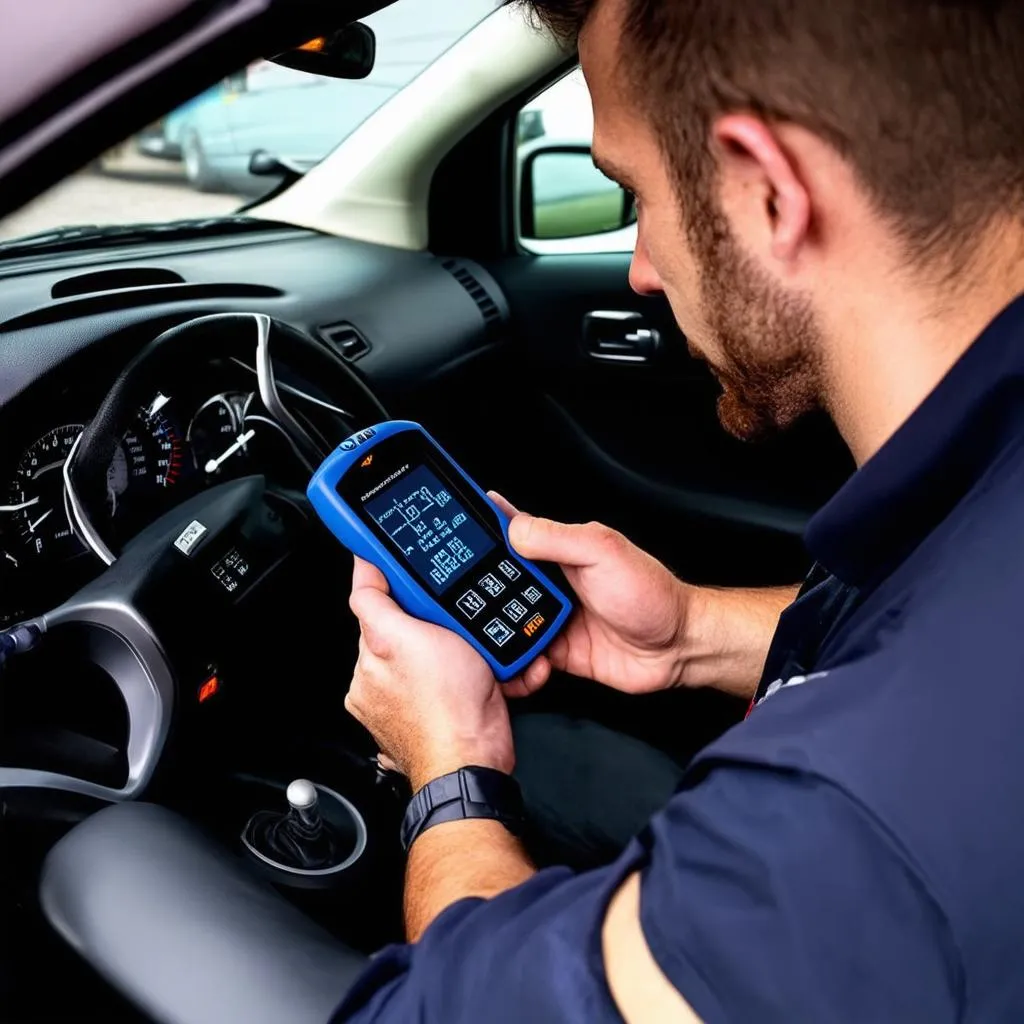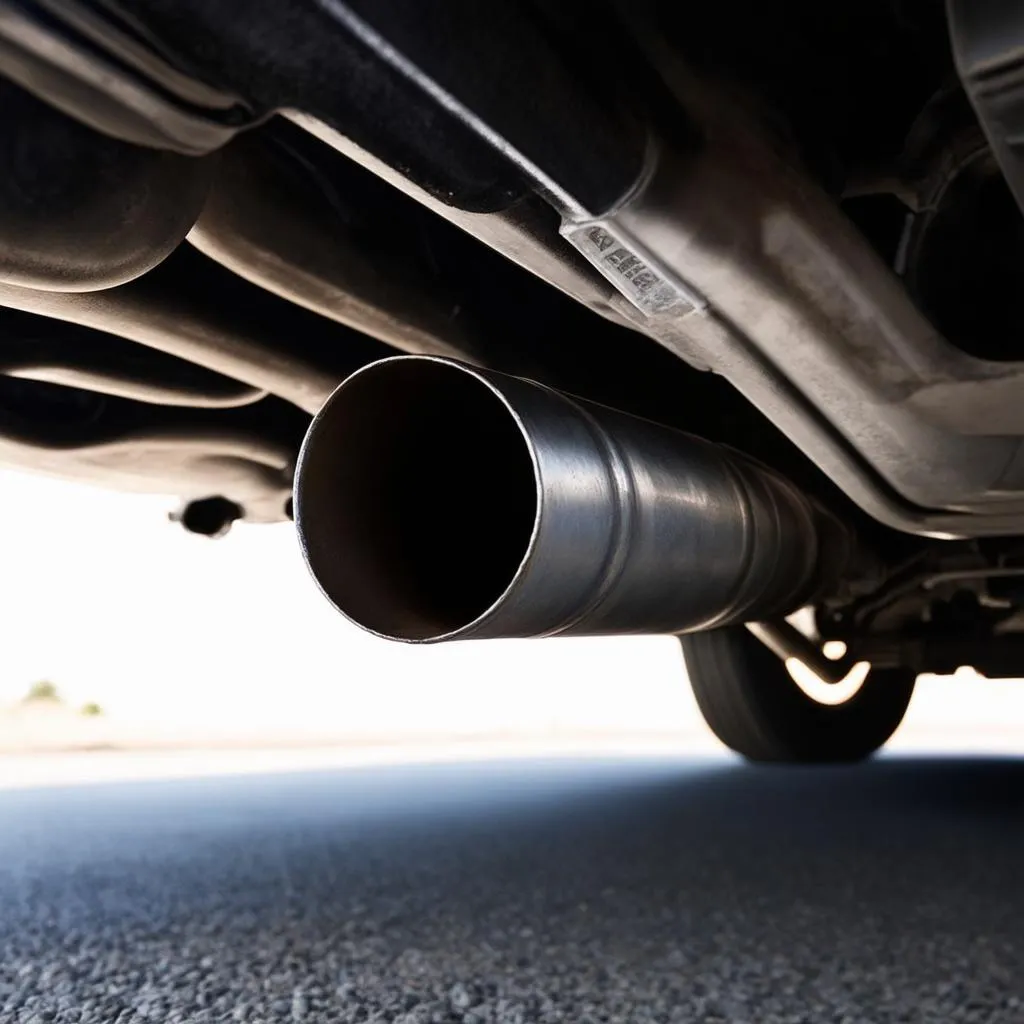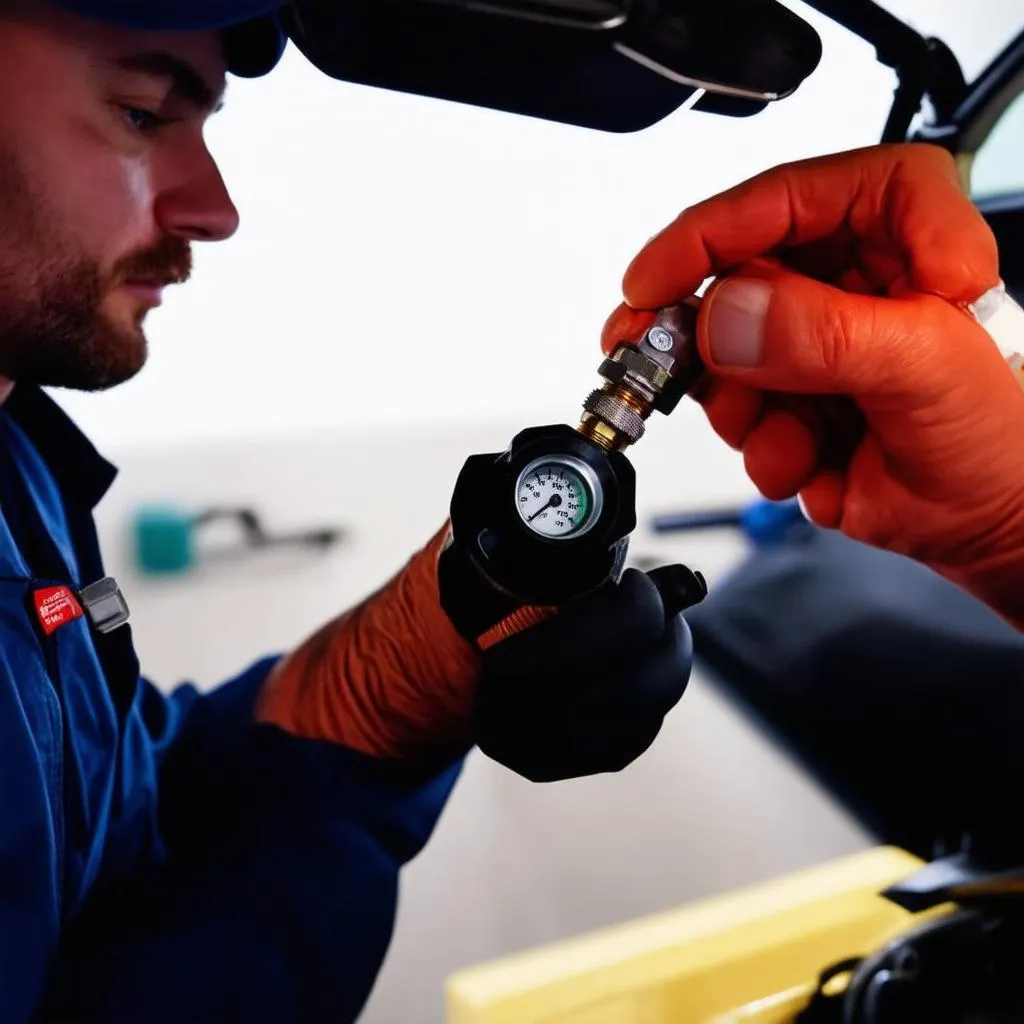Have you ever been driving your car and noticed the “Check Engine” light come on? It’s a frustrating experience, especially when you don’t know what the problem is. One common code you might encounter is “Obd 420,” a code that can be a sign of a problem with your car’s catalytic converter.
What is Obd 420?
OBD 420, also known as P0420, is a diagnostic trouble code (DTC) that indicates a problem with the catalytic converter system. It specifically signifies that the catalytic converter is not working efficiently.
The catalytic converter is a vital part of your car’s exhaust system, responsible for reducing harmful emissions. It uses a series of chemical reactions to convert harmful pollutants like carbon monoxide, hydrocarbons, and nitrogen oxides into less harmful gases.
What Does Obd 420 Mean?
Imagine your car’s engine as a bustling city, and the catalytic converter is like a hardworking sanitation worker who cleans up the mess left behind by the traffic and factories. When the catalytic converter isn’t doing its job properly, it’s like the sanitation worker going on strike, leaving the city choked with pollution.
In the context of your car, this means the catalytic converter isn’t breaking down harmful emissions effectively, leading to environmental pollution and potentially affecting your car’s performance.
What Causes Obd 420?
Several factors can contribute to OBD 420, including:
- A failing catalytic converter: This is the most common cause, as catalytic converters have a limited lifespan and can eventually wear out.
- O2 sensor problems: The oxygen sensors monitor the exhaust gases before and after the catalytic converter, and if they malfunction, they can trigger the code.
- Fuel system issues: Problems with your fuel injectors or fuel pressure can lead to an imbalance in the air-fuel mixture, affecting the catalytic converter’s efficiency.
- Exhaust leaks: Leaks in the exhaust system can allow unburnt gases to bypass the catalytic converter, leading to the code.
- Engine misfire: An engine misfire can result in unburnt fuel entering the catalytic converter, potentially damaging it.
How to Solve Obd 420
The best way to address OBD 420 is to get your car checked by a qualified mechanic. A mechanic will use a diagnostic scanner to pinpoint the root cause of the problem and recommend the best course of action.
Here’s a typical approach:
- Diagnosis: The mechanic will connect a diagnostic scanner to your car’s OBD-II port to retrieve the code and any additional information that might provide clues about the cause.
- Inspection: The mechanic will inspect the catalytic converter, oxygen sensors, exhaust system, and other relevant components to identify any visible damage or signs of failure.
- Testing: They might perform various tests, such as a fuel pressure test, to check for issues with the fuel system.
- Repair or Replacement: Based on the findings, they will recommend repairing or replacing the faulty components.
Remember: The cost of repairing or replacing a catalytic converter can vary widely depending on your car’s make and model. It’s best to consult with a mechanic for a personalized estimate.
Can I Reset Obd 420 Myself?
You might be tempted to try resetting the code yourself using a DIY scanner, but be careful! Resetting the code without addressing the underlying issue will only temporarily mask the problem. It’s important to address the root cause to prevent further damage to your car and ensure proper emissions control.
Obd 420 and Feng Shui
Feng Shui is a philosophy that emphasizes the flow of energy in your environment, and it’s often associated with harmony and well-being. While OBD 420 doesn’t directly relate to Feng Shui, it’s worth considering the importance of maintaining your car’s health, which contributes to a sense of well-being and safety.
Frequently Asked Questions
How long does it take to fix Obd 420?
The time it takes to fix OBD 420 depends on the underlying cause. If it’s a simple repair like replacing an O2 sensor, it could be done in a couple of hours. However, if the catalytic converter needs replacing, it may take a bit longer.
Is Obd 420 serious?
Yes, OBD 420 can be a serious issue, as it can lead to decreased fuel efficiency, engine performance problems, and increased emissions. It’s best to get it checked and fixed as soon as possible.
How much does it cost to fix Obd 420?
The cost of fixing OBD 420 can vary greatly depending on the cause and the repair needed. Replacing a catalytic converter can be quite expensive, while replacing an O2 sensor is usually more affordable.
Can I drive with Obd 420?
While you might be able to drive with OBD 420, it’s not recommended. The problem might worsen, and you could risk further damage to your car or even experience a breakdown. It’s best to get it checked and fixed as soon as possible.
Related Articles
- https://techcarusa.com/cadilac-obd-code-p0420/
- https://techcarusa.com/2010-chevrolet-cobault-obd-code-p0420/
- https://techcarusa.com/2005-dodge-grand-caravan-obd-p0420-code/
Get in Touch
If you have any questions or need help diagnosing or repairing OBD 420, don’t hesitate to contact us. We’re happy to assist you.
WhatsApp: +84767531508
 OBD 420 Code Scanner
OBD 420 Code Scanner
 Catalytic Converter
Catalytic Converter
 Oxygen Sensor
Oxygen Sensor